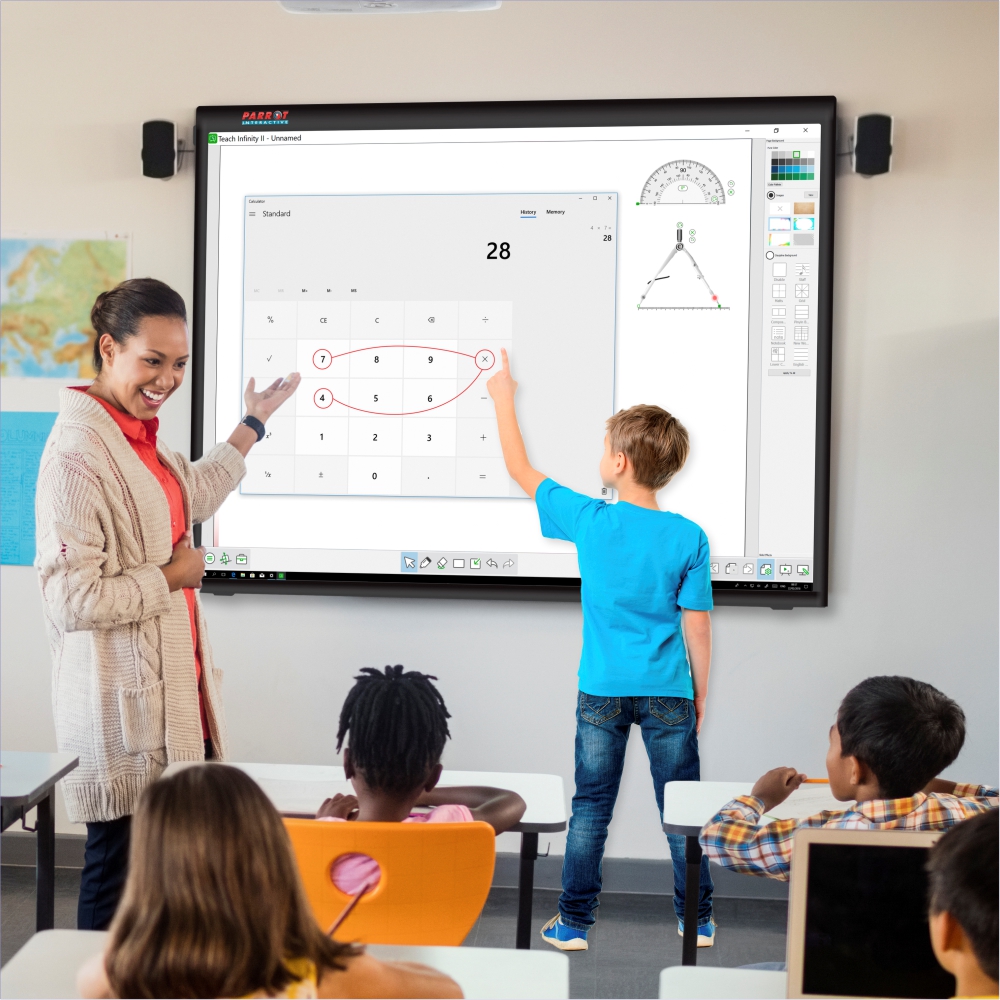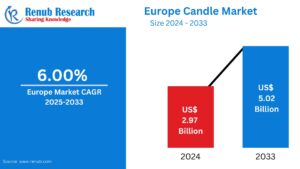Interactive whiteboards are transforming the way businesses collaborate, teach, and engage. Gone are the days when a traditional whiteboard and markers were enough. Today, technology is leading the charge, bringing smarter solutions to the table—literally. If you’re curious about how interactive whiteboards can elevate corporate environments, including their use in training sessions, meetings, and brainstorming, you’ve come to the right place.
This in-depth guide will cover everything you need to know about interactive whiteboards, how they can supercharge your workplace productivity, and why “SMART Technologies displays for corporate training” are game-changers in the industry. Plus, we’ll touch on specific, highly valuable industry keywords to ensure a comprehensive and SEO-friendly discussion.
What Are Interactive Whiteboards?
Interactive whiteboards, sometimes referred to as smart boards, are digital displays that allow users to interact with images, presentations, or data directly on a large screen. Using touch gestures or digital pens, you can annotate, zoom, drag, or share documents in real-time. These devices integrate seamlessly with laptops, tablets, or other platforms to create a collaborative working environment.
They are designed to improve productivity, make communication more dynamic, and offer hands-on solutions for employees and trainers alike. Whether it’s a brainstorming session, remote conference, or corporate training program, interactive whiteboards have become a must-have for modern businesses.
Key Features of Interactive Whiteboards
To better understand what makes this technology irreplaceable, let’s look at the standout features of interactive whiteboards:
- Touchscreen Functionality: Gain precision and intuitiveness with multi-touch gestures like zooming, annotating, or dragging documents.
- Real-Time Collaboration: Share live updates and edits with both in-room participants and remote colleagues.
- Enhanced Connectivity: Provide seamless integration with platforms like Microsoft Teams, Zoom, Google Workspace, making interactive whiteboards perfect for hybrid work environments.
- Advanced Display Resolution: With 4K resolution now available, presentations look clearer, which is especially beneficial for intricate data visualizations.
- Built-in Software Solutions: Many interactive whiteboards come bundled with productivity-focused software, enabling participants to capture notes, assign tasks, and send summaries on the go.
Now that you know the appeal, let’s deep-dive into their specific applications.
Why Interactive Whiteboards Are Perfect for Corporate Collaboration
Interactive whiteboards offer far more than just convenience—they redefine the way teams connect and work together. Here’s how they transform the collaboration process:
- Enhanced Communication: Everyone’s voice is heard, whether they’re present in the boardroom or tuning in remotely. Interactive whiteboards allow participants to add notes, provide feedback, or brainstorm ideas in real-time.
- Simplified Brainstorming: Need a better way to capture ideas on the fly? With these devices, teams can group and visualize their thoughts much faster than scribbling notes on a whiteboard.
- Remote Teamwork Optimized: Thanks to their excellent compatibility with video conferencing platforms, individuals across the globe can engage in a seamless hybrid work experience.
- Time Management: Speed up decision-making with easy-to-save, shareable meeting outcomes that ensure every contributor remains aligned.
SMART Technologies Displays for Corporate Training
When it comes to corporate training, “SMART Technologies displays for corporate training” deserve special attention. Their flexible operation makes training engaging and memorable for everyone involved. Employees can get hands-on experience during workshops by interacting directly with the screen. SMART Boards also provide annotations, file sharing, and remote participation to bridge gaps within dispersed teams.
Key benefits of SMART Technologies interactive whiteboards in training include smoother learning curves, increased engagement rates, and data-driven feedback on lessons. This technology also facilitates live Q&A sessions, making even technical content interactive and comprehendible.
Investing in these displays isn’t just useful—it’s almost essential for corporations prioritizing employee upskilling.
Applications of Interactive Whiteboards in Corporate Environments
1. Training Rooms and Workshops
Interactive whiteboards are tailor-made for corporate learning programs. Trainers can utilize visual aids, streaming videos, and case studies on dynamic boards that captivate and engage learners through interactive activities.
2. Executive Meetings
Executives often deal with large datasets, complex challenges, or future business plans. Collaborative touchscreens make presenting a compelling case simple—a feature particularly useful during stakeholder discussions or mergers.
3. Sales Presentations
With on-screen drawing capabilities and CTA buttons, professionals delivering presentations find it easier to customize content in real time based on audience feedback.
4. Product Development Cycles
Cross-departmental brainstorming is a breeze. Stakeholders can integrate ideas visually, ensuring each phase of product development remains smooth and innovative.
5. Hybrid Workspaces
These whiteboards provide a unified experience by ensuring team members—remote or in-office—feel equally involved. With integrated tools like Zoom or Teams, distance is no longer synonymous with disconnection.
Long-Tail Keyword Spotlight – Enhancing Employee Productivity with Interactive Whiteboards
Think of interactive whiteboards as productivity engines. They streamline workflows for countless industries by consolidating activities that were once fragmented. By eradicating communication delays and unifying shared goals, they’re boosting corporate performance across industries.
For example:
- Advertisement agencies find it far easier to conceptualize campaigns as creatives and brand managers brainstorm together in real time.
- HR departments leverage whiteboards to facilitate onboarding programs, execute engaging training sessions, and track attendance—all on a single device.
Investing in an interactive whiteboard may result in a higher workforce ROI.
Finding the Right Interactive Whiteboard for Your Needs
With so many models available, how do you select the right one for your organization? Here’s what to consider:
- Compatibility: Ensure the board syncs to existing software like Zoom or Microsoft Teams.
- Display Quality: Don’t settle for anything less than a 4K resolution—especially if you’re working with graphic-heavy presentations.
- Size Matters: Smaller rooms can stick to 55-inch boards, but larger offices may require 75–85-inch versions.
- Support System: Reading reviews is key; premium brands include ongoing support services or training tutorials.
Always rely on models designed specifically with collaborative workplaces in mind, like those provided by leading brands.
Beyond Just Business Tools
Interactive whiteboards don’t just enhance routine meetings at corporations—they can redefine organizational agility. When embedded seamlessly into daily operations, they enable employees to innovate faster and train smarter while staying ahead of global competitors.
Are you ready to empower your workplace with cutting-edge tools?






